Cardiac conduction and cardiac cycle:
A specialised cardiac musculature called the nodal tissue is also distributed in the heart. A patch of this tissue is present in the right upper corner of the right atrium called the sino-atrial node (SAN). Another mass of this tissue is seen in the lower left corner of the right atrium close to the atrio-ventricular septum called the atrio-ventricular node (AVN). A bundle of nodal fibres, atrioventricular bundle (AV bundle) continues from the AVN which passes through the atrio-ventricular septa to emerge on the top of the interventricular septum and immediately divides into a right and left bundle. These branches give rise to minute fibres throughout the ventricular musculature of the respective sides and are called purkinje fibres.
The SAN can generate the maximum number of action potentials, i.e., 70-75 min-1, and is responsible for initiating and maintaining the rhythmic contractile activity of the heart. Therefore, it is called the pacemaker. Our heart normally beats 70-75 times in a minute (average 72 beats min-1).
Cardiac Cycle
How does the heart function? Let us take a look. To begin with, all the four chambers of heart are in a relaxed state, i.e., they are in joint diastole. As the tricuspid and bicuspid valves are open, blood from the pulmonary veins and vena cava flows into the left and the right ventricle respectively through the left and right atria. The semilunar valves are closed at this stage. The SAN now generates an action potential which stimulates both the atria to undergo a simultaneous contraction – the atrial systole. This increases the flow of blood into the ventricles by about 30 per cent. The action potential is conducted to the ventricular side by the AVN and AV bundle from where the bundle of His transmits it through the entire ventricular musculature. This causes the ventricular muscles to contract, (ventricular systole), the atria undergoes relaxation (diastole), coinciding with the ventricular systole. Ventricular systole increases the ventricular pressure causing the closure of tricuspid and bicuspid valves due to attempted backflow of blood into the atria. As the ventricular pressure increases further, the semilunar valves guarding the pulmonary artery (right side) and the aorta (left side) are forced open, allowing the blood in the ventricles to flow through these vessels into the circulatory pathways. The ventricles now relax (ventricular diastole) and the ventricular pressure falls causing the closure of semilunar valves which prevents the backflow of blood into the ventricles. As the ventricular pressure declines further, the tricuspid and bicuspid valves are pushed open by the pressure in the atria exerted by the blood which was being emptied into them by the veins. The blood now once again moves freely to the ventricles. The ventricles and atria are now again in a relaxed (joint diastole) state, as earlier. Soon the SAN generates a new action potential and the events described above are repeated in that sequence and the process continues.
………………………………………………………………………..
Subscribe to NEET preparation channel: https://www.youtube.com/channel/UCVjG…
Like us on facebook: https://www.facebook.com/profile.php?…
Follow us our facebook page: https://www.facebook.com/neetwithaks/
Follow me on gmail ID: [email protected]
Category: Education
License: Standard YouTube License
#Being Human Charitable Trust
source


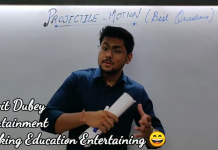
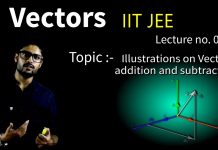
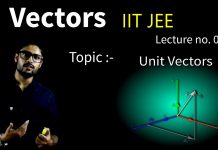

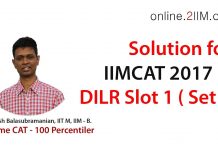
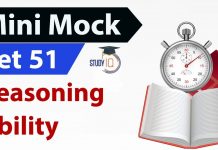
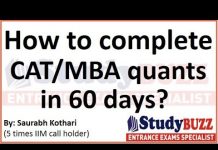


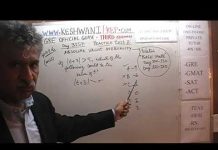

![CY_GATE_2019_PHYSICAL_SPECTROSCOPY_[ELECTRONIC_BASIC]_All IN ONE_[Short_Trick]_2018-19_PART_1ST - Videos](https://trends.edugorilla.com/wp-content/uploads/sites/8/2018/08/cy_gate_2019_physical_spectroscopy_electronic_basic_all-in-one_short_trick_2018-19_part_1st-218x150.jpg)



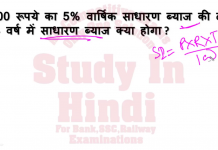
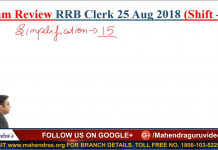

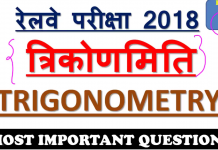
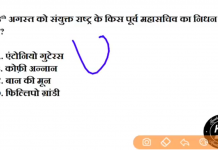
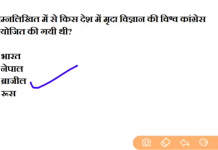
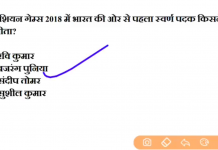




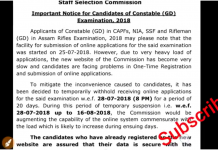
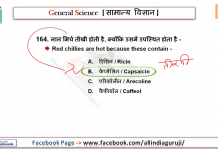


![24 August 2018 – The Indian Express Newspaper Analysis हिंदी में – [UPSC/SSC/IBPS] Current affairs - Videos](https://trends.edugorilla.com/wp-content/uploads/sites/8/2018/08/a520-218x150.png)
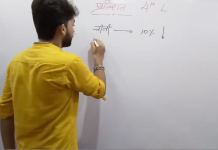



U R awesome great